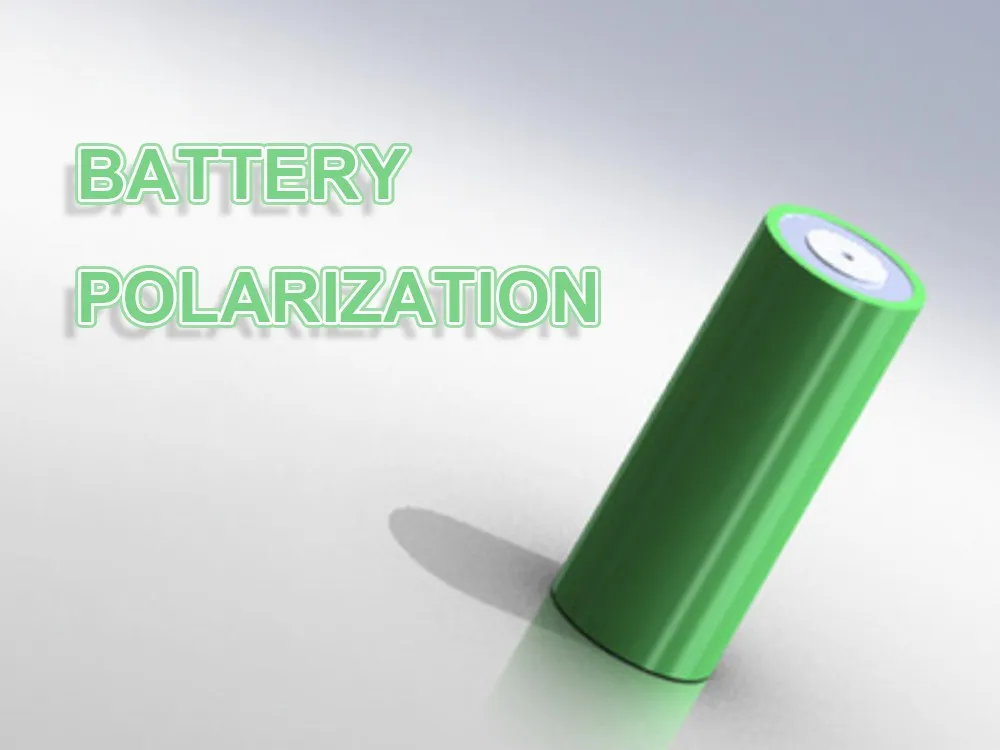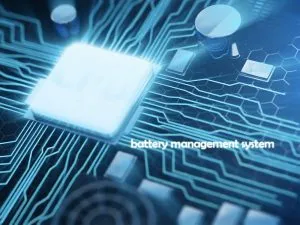Types of battery polarization phenomenon and elimination method

Lithium-ion battery is hot right now. Lithium battery is common used as electric motorcycle battery, electric scooter battery, and we need to understand the lithium-ion battery polarization when charging and discharging.
In the process of lithium battery charging, battery polarization is common. If you want to accelerate the charging speed, make full use of electric energy and improve the charging efficiency, it is necessary to take effective measures to reduce the value of polarization voltage. This article will introduce the causes of lithium battery polarization, types, and methods to eliminate battery polarization.
Causes and types of battery polarization
During the charging process, the terminal voltage of the lithium battery is higher than the open-circuit voltage, and the difference between them is the Overvoltage when the lithium battery is charged, it can also be called Overpotential, which is called polarization of electrode. It can be expressed by the following formula:
U=U0+△U
In the above formula, U0 is the open-circuit voltage, U is the terminal voltage of lithium-ion battery, and △ U is the lithium battery polarization voltage. In the process of lithium-ion battery charging, if you want to accelerate the charging speed, improve the charging efficiency and make full use of electric energy, you need to take some measures to reduce the value of battery polarization voltage △ U as much as possible.
Lithium-ion battery polarization phenomenon is caused by many factors. According to different factors, battery polarization phenomenon is generally divided into three categories: ohmic polarization, concentration polarization and electrochemical polarization.
Ohmic polarization
Ohmic polarization is caused by the internal resistance of all components in the lithium battery during charging. When the lithium battery is charged, the current flowing through these components will be hindered, which leads to the phenomenon of ohmic polarization. During charging, electrochemical reaction will occur, and lithium-ion will diffuse to the electrode. During diffusion, resistance from these internal components will be encountered.
In order to overcome this resistance, a part of the charging current will be used to promote the diffusion of lithium-ion. The polarization phenomenon increase, which will increase the internal temperature of the lithium battery, and a part of the electrolyte will undergo reduction reaction to produce gas, these phenomena cause the loss of electric energy. Reducing the current or stopping charging can remove the ohmic polarization effect.
Concentration polarization
When the lithium-ion battery is charged, chemical reactions occur on its positive and negative plates. These chemical reactions change the concentration of various particles participating in the electrochemical reaction in the electrolyte inside the lithium-ion battery.
That is, the concentration of the electrolyte inside the lithium-ion battery changes before and after charging. This change will lead to the potential difference between the positive and negative poles of the lithium-ion battery, which is the concentration polarization phenomenon.
The concentration polarization is affected by the current density Id. When the charging current increases gradually, the electrochemical reaction will become violent, resulting in the increase of the current density Id. The concentration polarization will also increase. Therefore, reducing the charging current and stopping the charging can alleviate the concentration polarization phenomenon.
Electrochemical polarization
During the charging and discharging process of lithium battery, the positive and negative poles have electrochemical reactions, which makes the potential between the two plates shift towards each other, which is the phenomenon of electrochemical polarization. High current charging will increase the electrochemical polarization.
The increase of electrochemical polarization will lead to the intensification of the electrochemical reaction inside the lithium-ion battery, resulting in a huge change in the concentration of the electrolyte. At the same time, it will also cause the electrolyte reaction to produce gas, which will cause corrosion and deformation of the electrode plate of the lithium battery, causing irreversible damage to it, similar to concentration polarization.
When the charging current is reduced or the charging is stopped, it can effectively alleviate the electrochemical polarization phenomenon. From the above analysis, it can be seen that battery polarization exists during the charging process of lithium batteries, but the degree of battery polarization is different at each stage. At the initial stage of charging, the reaction of electrolyte is not so intense, so the main battery polarization is caused by ohmic internal resistance.
As the charging current increases, its ohmic polarization also increases gradually, but the electrochemical polarization increases slowly in a logarithmic trend, and its increasing speed is very slow, and its impact on the lithium-ion battery can be ignored temporarily. In the middle and later stages of charging, the content of Li+in the electrolyte gradually increases, the limit diffusion current density I d gradually decreases with the increase of Li+, and the difference between the charging current density I and the limit diffusion current density Id becomes smaller and smaller.
Therefore, concentration polarization and electrochemical polarization will increase rapidly. At this time, the main battery polarization will change from ohmic polarization to concentration polarization and electrochemical polarization.
Effect of battery polarization on charging process
In the process of lithium-ion battery charging, battery polarization will have many negative effects on it. For example:
(1)When battery polarization occurs, the charging current is affected by the overvoltage inside the lithium-ion battery, and the increasing speed becomes slower, which leads to the reduction of the ability of the active substances in the electrolyte to participate in the reaction and the reduction of the electrochemical reaction speed.
(2)When battery polarization occurs, the reaction of the electrolyte in the lithium-ion battery intensifies, causing serious gas evolution. The gas released slows the charging process, and causes physical impact on the plate, corrodes the plate and deforms it.
(3) When battery polarization occurs, a large amount of heat will be emitted during the internal electrolyte reaction of the lithium-ion battery, resulting in the gradual increase of its internal temperature, which will accumulate in a short time, the high temperature will make the reaction of the electrolyte more rapid, so that the temperature will increase and the battery polarization phenomenon will become more intense.
Methods to eliminate battery polarization
(1) Forced elimination: According to Maas’s three laws, when a reverse current is forced to charge the lithium-ion battery during the battery charging process, its internal chemical reaction also changes in the reverse direction. That is to say, a certain depth of discharge can effectively reverse the chemical reaction inside the lithium-ion battery, thus eliminating the concentration polarization.
(2) Natural elimination: During the charging process of lithium battery, if the charging is stopped instantaneously, the charging current is equal to zero, and the ohmic polarization is also zero, that is, the ohmic polarization is eliminated instantaneously. At the same time, due to the stop of charging, the electrochemical reaction speed inside the battery is also slowed down, which has a certain effect on restraining the electrochemical polarization and concentration polarization.
(3) Feedback control: During the charging process, the gas evolution reaction and temperature rise will cause great damage to the lithium-ion battery, so these two problems should be solved. Some studies have shown that when the terminal voltage of the battery is within a certain threshold during the charging process of the lithium battery, the gas evolution reaction and temperature rise are not obvious.
Therefore, the battery polarization degree can be judged by the terminal voltage status of the lithium-ion battery during the charging process, and as a basis, the charging current of the lithium-ion battery during the charging process can be controlled by feedback.
Final thoughts:
Because many users improperly operate or do not pay attention to the charging time during the charging process of the battery, causing damage to the battery, the odm lithium ion battery pack manufacturer will improve the safety of charging from the battery protection board.
And users can also charge at the charging station, and it will stop automatically when fully charged, or replace the battery at the battery swapping station, which not only has high safety, but also improves efficiency.


























